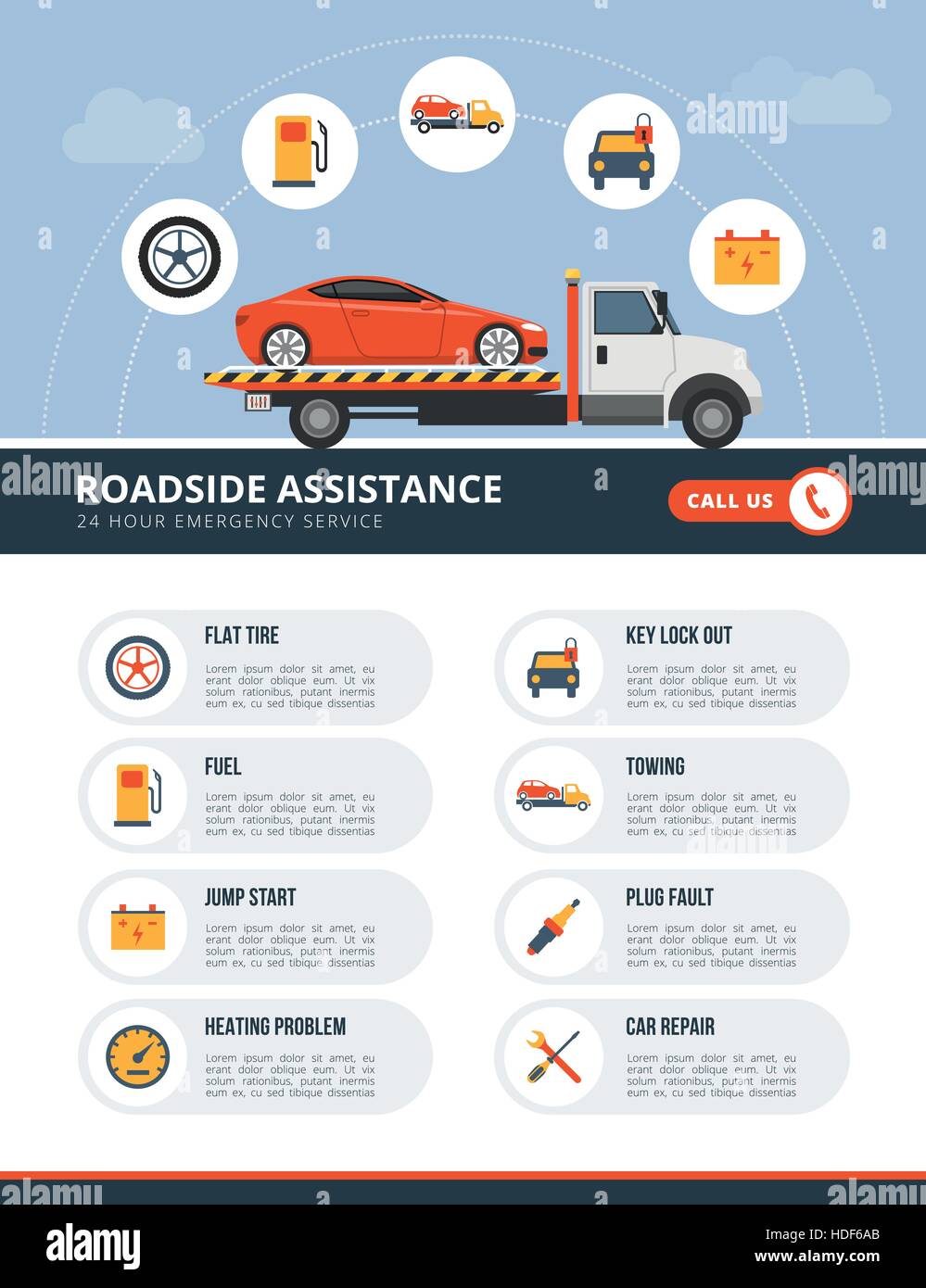Analyzing Your Vehicle'S Caution Indicators: What They Actually Communicate
Analyzing Your Vehicle'S Caution Indicators: What They Actually Communicate
Blog Article
Web Content Author-Termansen Torres
When you lag the wheel, those radiant warning lights on your dashboard can be a little bit bewildering. Do you understand what they're trying to tell you concerning your cars and truck's health and wellness? Understanding the significance of these lights is essential for your safety and the long life of your automobile. So, the next time among those lights pops up, wouldn't you wish to analyze its message accurately and take the necessary steps to resolve it?
Common Caution Lights and Interpretations
Determine typical warning lights in your vehicle and comprehend their significances to guarantee safe driving.
One of the most regular caution lights consist of the check engine light, which signifies problems with the engine or emissions system. If this light comes on, it's essential to have your car inspected quickly.
The oil pressure alerting light suggests low oil stress, calling for instant attention to avoid engine damage.
A flashing battery light may suggest a damaged charging system, potentially leaving you stranded if not attended to.
The tire pressure surveillance system (TPMS) light signals you to low tire stress, impacting lorry security and fuel effectiveness. Overlooking this might lead to risky driving conditions.
The abdominal muscle light indicates an issue with the anti-lock braking system, jeopardizing your ability to quit rapidly in emergency situations.
Last but not least, the coolant temperature level advising light warns of engine getting too hot, which can lead to serious damage if not resolved promptly.
Recognizing detailers near me will assist you deal with issues promptly and maintain secure driving problems.
Value of Prompt Focus
Recognizing the usual caution lights in your car is just the primary step; the significance of quickly addressing these warnings can't be emphasized sufficient to ensure your safety and security when traveling.
When https://brakecheck28395.csublogs.com/38819019/exactly-how-can-mobile-car-outlining-transform-your-automobile-care-experience-while-making-certain-top-quality-discover-the-crucial-elements-to-think-about-before-choosing-a-detailer illuminates on your dashboard, it's your cars and truck's way of communicating a prospective issue that requires attention. Disregarding https://www.insider.com/guides/home/how-to-change-a-car-battery can result in extra serious problems later on, jeopardizing your security and possibly costing you a lot more out of commission.
Prompt focus to alerting lights can prevent malfunctions and crashes. As an example, a blinking check engine light can suggest a misfire that, if left ignored, could trigger damage to the catalytic converter. Resolving this quickly can save you from an expensive repair work.
Similarly, a brake system warning light may indicate low brake liquid or worn brake pads, important elements for your safety and security when driving.
Do It Yourself Troubleshooting Tips
If you notice a caution light on your dashboard, there are a couple of DIY fixing ideas you can try prior to seeking expert aid.
The very first step is to consult your vehicle's manual to comprehend what the particular warning light indicates. Sometimes the issue can be as simple as a loosened gas cap setting off the check engine light. Tightening the gas cap may deal with the trouble.
Another common issue is a low battery, which can trigger numerous cautioning lights. Inspecting the battery connections for corrosion and ensuring they're safe and secure may take care of the issue.
If a warning light continues, you can attempt resetting it by separating the car's battery for a few mins and afterwards reconnecting it. Additionally, examining your automobile's liquid degrees, such as oil, coolant, and brake fluid, can aid troubleshoot alerting lights associated with these systems.
Verdict
Finally, comprehending your vehicle's warning lights is necessary for keeping your car running efficiently and safely. By immediately dealing with these informs and understanding what they suggest, you can avoid costly repairs and possible break downs.
Keep in mind to consult your car's guidebook for particular details on each cautioning light and take action accordingly to make certain a hassle-free driving experience.
Remain notified, remain risk-free on the road!
